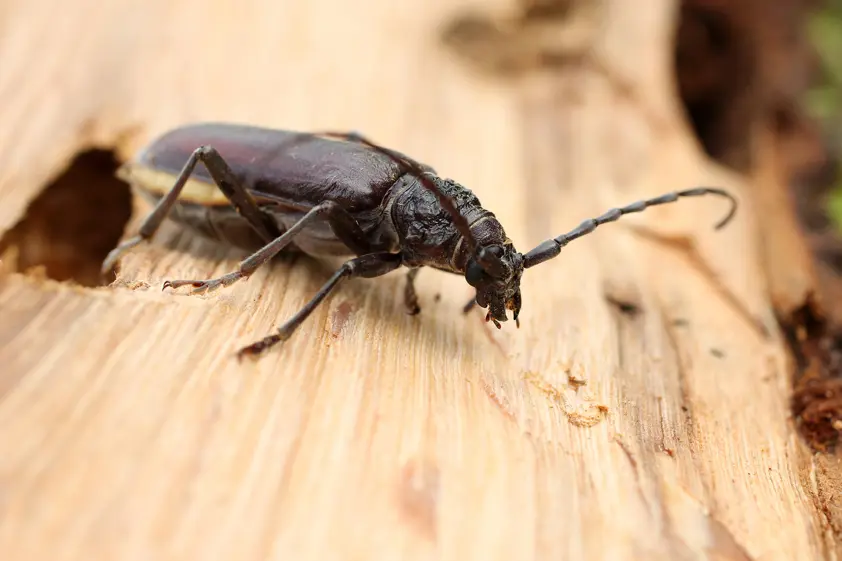When you think of biodiversity, what is the first thing that comes to mind? Perhaps a tiger or a polar bear, or even a memorable bird or flower. But also insects – beetles in particular – are very important.
Janakkala, a municipality in Southern Finland is a rich source of beetle knowledge with UPM researching the different beetle species since the start of the millennium. According to Timo Lehesvirta, Director of Forest Global at UPM, global discussions around biodiversity often focus on large species and overlook the importance of the tiniest creatures, such as insects, to the smooth functioning of our ecosystem.
“The beetle research in Janakkala reminds us how over 90 percent of biodiversity comes from organisms such as insects and mushrooms,” explains Lehesvirta. “The size of the species says nothing about its importance to the environment or humans. The significance of insects, for instance, has recently been highlighted in discussions around pollination. Without insect pollinators, humans would not have food to eat.”
The importance of deadwood
So what role do beetles play in determining biodiversity in a forest?
It starts with deadwood, which can be of two types, coarse deadwood and standing deadwood. Coarse deadwood includes stumps, fallen trees and roots that provide microhabitats for insects, fungi and other living organisms. Standing deadwood refers to a dead or dying tree and is home to squirrels, bats and several bird species alongside insects and fungi.
As wood decays, it releases nutrients that living trees and other flora can use.
Over 20,000 different insect species live in Finland’s forests, of which approximately 5,000 of which will need deadwood at some point in their lifecycles. This is where beetles come in. Beetle species survive on deadwood. The growth of beetle populations in a forest can give researchers insight into whether deadwood is present in healthy levels, while the proliferation of beetle species gives insight into the kinds of deadwood present as different species favour different tree species.
Beetles studies and forests
This is why UPM established two test areas in its Harviala forest estate in Janakkala in 2002 with the objective of discovering how deadwood improves biodiversity. The specific target of this research is beetles, which are caught and studied using trunk window and plate traps.
“We don’t make an inventory of the species every year any longer, however, the research project is still on-going. It is already among the world’s longest research projects on insects,” says Lehesvirta.
The studies have already produced some fascinating results. Out of the 3,800 beetle species living in Finland, a staggering 900 have been encountered in Janakkala. Simultaneously, research has provided more information regarding the significance of different trees for different insect species and estimates regarding risks different insects pose have become more accurate.
Additionally, each beetle species has been found to use deadwood at different stages of decomposition.
Towards net positive biodiversity
Lehesvirta believes the Janakkala project will continue to throw up more such interesting insights in the years to come.
“It is an example on how we at UPM are developing our activities and are committed to continuous improvement based on research and experience,” he says.
This is critical as the company focusses on achieving ambitious sustainability targets. UPM is the first forestry company in the world to set itself a target to achieve net positive impact (NPI) on biodiversity in the forests it owns in Finland. This means that the impact UPM’s activities have on biodiversity will, as a whole, improve the living conditions of all the affected species.
One of the central objectives is to increase the amount of deadwood in the forests and add diversity to it by using all the several different means already available.
A high level of biodiversity helps strengthen the forest and its productivity. Maintaining and protecting biodiversity is key in the development of bioeconomy. As we are moving away from fossil-based materials and towards sustainable use of renewable natural resources, the opportunities biodiversity provides for new innovations are almost endless. Therefore, it is self-evident that protecting nature also makes sense from an economic point of view.
Text: Hanna Veltheim
Image: Adobe stock

